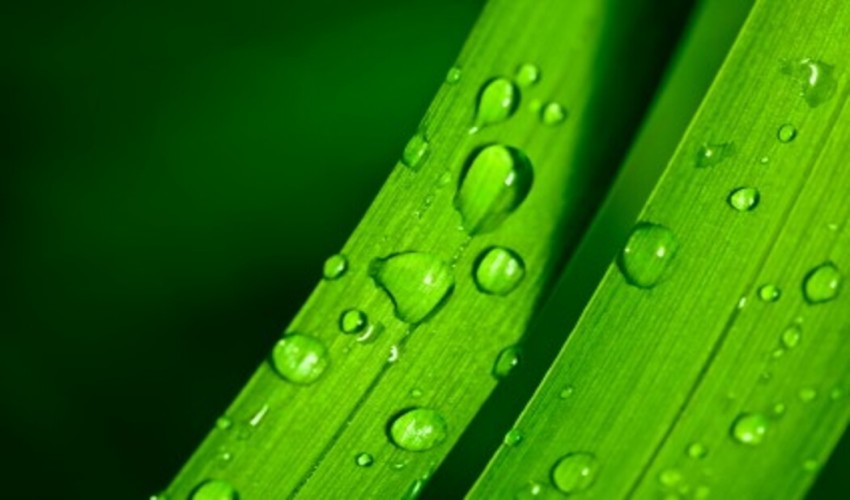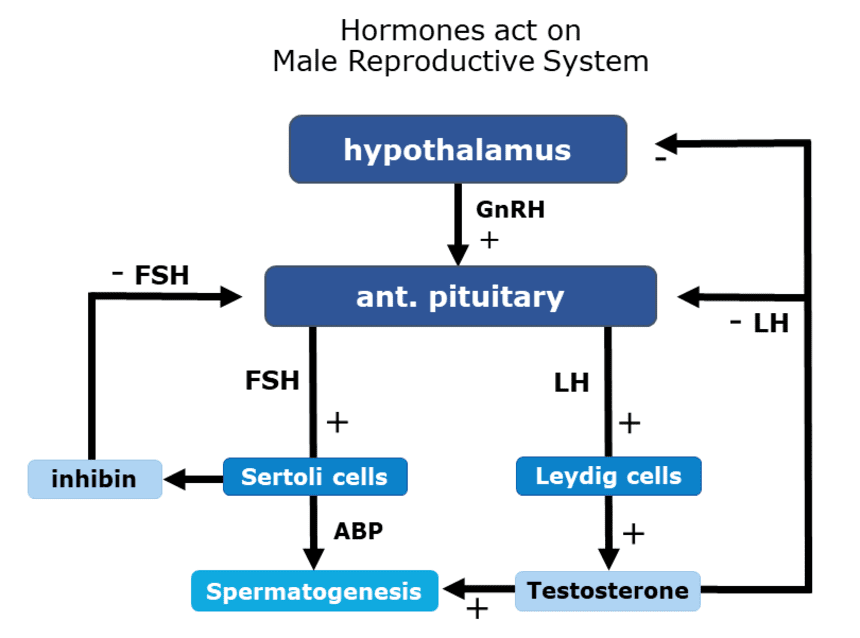Microbiology
23
Aboriginal Australian cultural legacy may be studied using X-rays on plant secretions that have been around for 100 years.
- Rating
- ustralian painters
- australian art
- australian plant
- heritage materials
Aboriginal Australians have been making art for tens of thousands of years, and some of the best examples can be seen all around the globe. For this reason, scholars are committed to better understanding and protecting the region's cultural history, which has been passed down via generations of oral histories and ties to contemporary cultural environments.
An understanding of Aboriginal Australian painters' use of binders and pigments, as well as their chemical makeup, might help archaeologists and conservators identify these materials in significant cultural heritage artefacts. For the first time, scientists are using X-ray technology to analyse plant exudates from the early 20th century to determine the composition of materials utilised in Aboriginal Australian cultural heritage.
To produce rock and bark artworks and practical uses, such as affixing stone points with handles, Aboriginal Australians still employ plant exudates like resins and gums. However, the exact composition of these plant elements remains a mystery.
High-energy X-rays were used by scientists from six universities and labs from across the globe in order to better understand the structure of the atoms and molecules that make up our bodies. SSRL (Stanford Synchrotron Radiation Lightsource) 10 well-preserved plant exudate samples from the native Australian genera Eucalyptus, Callitris, Xanthorrhoea and Acacia were subjected to X-ray examination by the research team's specialised equipment. South Australian institutions have retained the samples for more than a century.
The study's findings were much more illuminating and significant than anybody had anticipated.
There were "breakthrough" results, says Uwe Bergmann of the University of Wisconsin-Madison and former SLAC scientist who develops innovative techniques for using X-rays to study matter. It was possible for the first time to study a well-preserved Australian plant sample collection, which might lead to the discovery of their presence in other key cultural artefacts."
Results from a study that took place this week have been published in PNAS.
Looking under the surface
The surface of plant exudates might alter over time due to the deterioration of the components. Changes in thickness of only a few nanometers have the potential to obscure the view underneath.
SSRL Lead Scientist Dimosthenis Sokaras said, "We had to look into the majority of the material underneath this top layer or we would have no new knowledge on the plant exudates."
As a rule, X-rays that can penetrate through the debris layer are used to study molecules containing carbon and oxygen. Researchers used "hard" X-rays, which are high-energy X-ray photons, to irradiate the material in this investigation. The photons were able to penetrate through the sample's top layer of fog and into its elemental groupings. The difference between hard and soft X-rays is that hard X-rays don't stick to the surface, whereas soft X-rays do.
A vast array of precisely aligned silicon crystals at SSRL was used to catch the high-energy photons that had been emitted by the plant exudate. Filtering away all except one precise wavelength of dispersed X-rays, like a kitchen sink funnelling water droplets down the drain.
As a result of this research, researchers have been able to provide a thorough chemical description of unique Australian samples by matching the wavelength difference between the incoming and scattered photons.
The way forward
Rafaella Georgiou, a physicist at Synchrotron SOLEIL, claimed that knowing the chemistries of each plant exudate would assist in the identification and conservation of Aboriginal Australian art and artefacts.
"With this strong X-ray technology, we may now analyse additional organic elements of cultural relevance," she stated.
Researchers anticipate that this strong synchrotron radiation technology will be seen as a beneficial way for identifying the chemistry of their materials by persons who work in cultural heritage study.
This project is aimed at promoting synchrotrons as an option for scientists who wish to learn more about their cultural heritage materials, Bergmann added.
Leave a Reply
Your email address will not be published. Required fields are marked *


